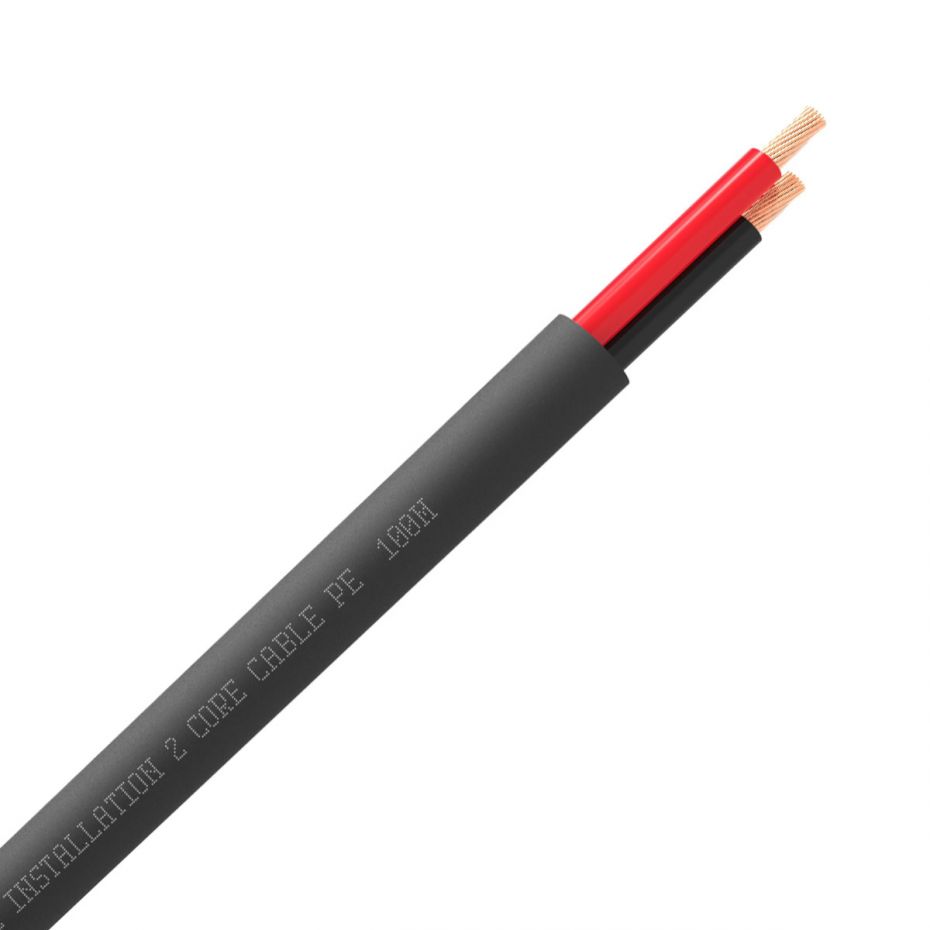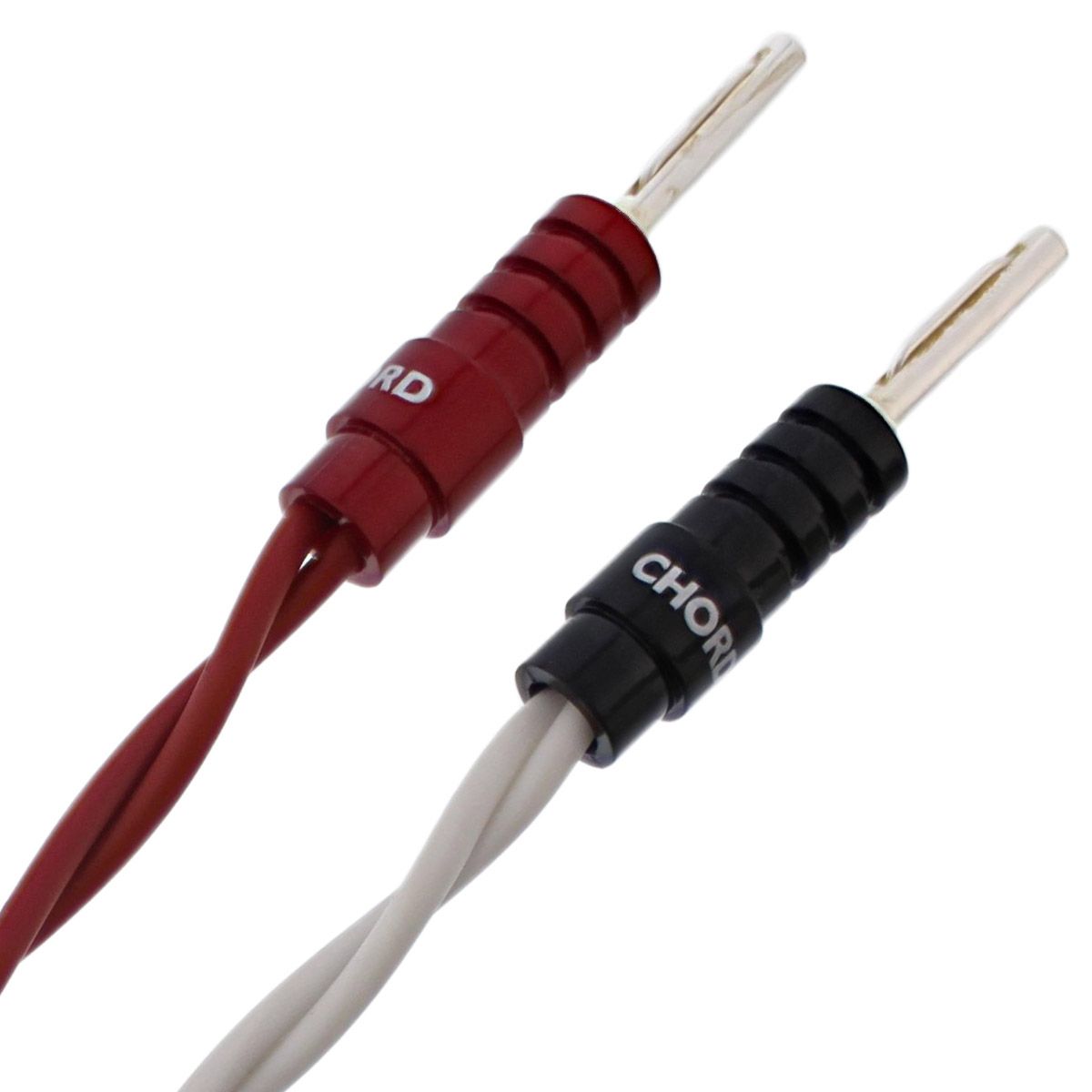

If it stays with the same speaker, the problem may be that speaker or the cable. Swap the cable connections at the amp and see if the problem stays with the same speaker or moves to the other. Then connect normally and check which speaker is not working. First inspect the connections at both ends (amp and speaker) of each cable and ensure there are no loose strands of wire that might short things out. In this case the length is not an issue, but a connector (or more) may be bad.

I am not sure what speakers were used then I think it was a pair of Magnepans (my MG-IIIa), a pair of B&W 801, and an ESL pair (not sure which one, there were several we used).Ĭlick to expand.Sounds like a bad cable irrespective of length. 1982 and no I don't have the records) when DBT's showed people could hear a difference. These deviations are not large, making me wonder about my original tests (done ca. Speaker 2 shows more, with a dip in the bass, and the extra resistance actually reduces the HF peak.

Speaker one shows negligible difference except a slight change in effective gain. The top plot shows impedance in ohms, and the other the voltage at the speaker terminals in dB.įirst is a simulation with and without an extra 20 feet of 18 AWG wire. I only included wire resistance, no other parasitics (no extra inductance, capacitance, or conductance terms - usually not terribly relevant at audio frequencies, and/or I was too lazy to include them all, take your pick). In the simulations SSn shows the result of the amplifier driving speaker n with no wire, and SSn_wire is with the extra 20 feet of speaker wire (modeling the mismatch). I modeled a solid-state amplifier with damping factor of 200 at 8 ohms (0.04 ohm output impedance) rising at high frequency (typical due to reduced feedback). The last is a speaker with fairly wide excursions and a low-impedance (ribbon) tweeter. The second is (was) a more common but not terribly demanding load. I am no longer sure exactly the speakers, but one is a fairly benign load similar to my Magnepans. I had a old schematic with three different speaker models. At that time zip cord from maybe 22 down to 18 AWG was pretty common so I got to thinking my experience was no longer relevant given 14 - 10 AWG is pretty common now. That was based on tests done long, long ago (but in this galaxy). The subject of mismatched speaker wires came up recently and I said it could matter due to varying speaker impedance with the wire as a divider from the amplifier.


 0 kommentar(er)
0 kommentar(er)
